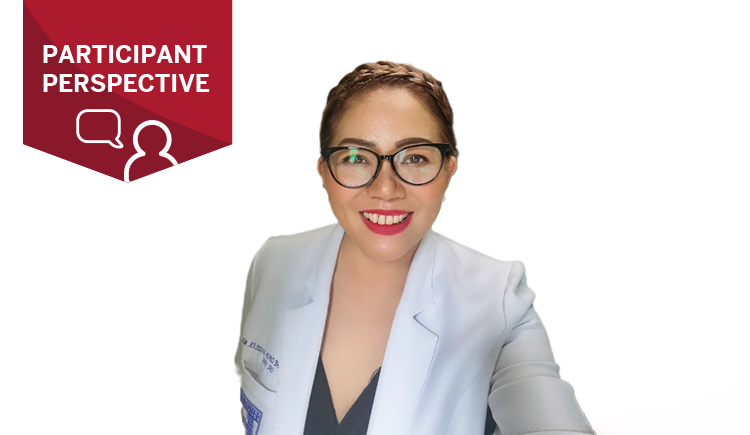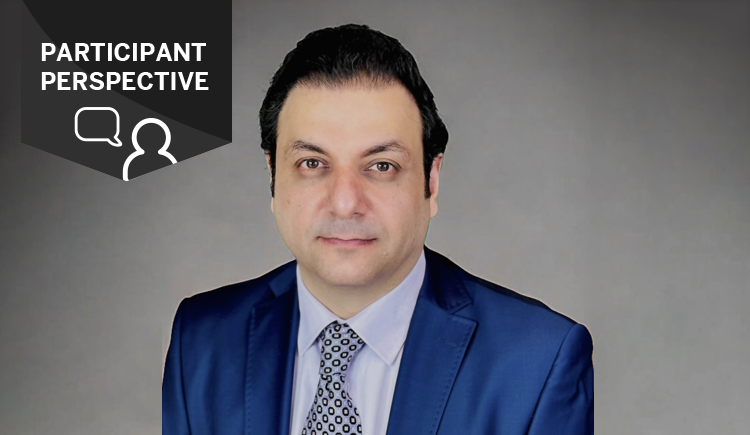
Teaching is a critical skill in the medical profession, whether you are a novice student or the most senior researcher and clinician. “Teaching is part of your job in almost every possible path in medicine because you could be teaching patients, junior learners in clinic, junior colleagues in research, or peers through education and national meetings,” says Eli Miloslavsky, MD, associate professor of medicine at Harvard Medical School (HMS).
He adds, “There are so many paths and iterations of how you’ll teach others that it can be difficult to predict where you’ll end up and what specific skills you’ll need. But teaching is part of everything. It’s at the very core of medicine.”
In the absence of formalized learning, medical trainees were historically expected to teach others without training or support. Miloslavsky also notes the “unskilled and unaware” phenomenon, where professionals who do not know that they are deficient in a particular area might overrate their skills and proficiencies. Medical students, residents, and fellows may not even realize that they are lacking these skills, so they may not prioritize developing them—particularly if they do not anticipate having a primary role in medical education.
Over the past two decades, however, there has been a greater focus on helping trainees learn to teach others before they become attending physicians. Teacher training courses initially were focused on residents—which is an intuitive fit given that residents spend a lot of their time teaching junior residents and medical students. But as residents become fellows who teach residents and junior learners, and then become attending physicians, there is less opportunity to either learn how to teach or to be observed and given feedback as they teach others.
Miloslavsky explains that, as a result, teaching skills remain undervalued. “We’re still at a point where training trainees how to teach is geared at those who are most interested and at specific programs. Trainees have to seek out and devote time to them, and it’s not as much part of the every day as it could be.”
Medical school educators now understand that teaching is, itself, a teachable skill that can be honed regardless of one’s background and level of expertise—and that the earlier trainees learn to teach, the more effective they will be as educators.
Miloslavsky is also a member of the faculty teaching team for the Harvard Medical School certificate program, Training to Teach in Medicine. His focus is on establishing teacher training components for their fellowship program and other opportunities for “near-peer” teaching, where a trainee learns a skill and then teaches it to other trainees. The proximity to experience and expertise, plus the access to learning tools like mannequins for simulated learning, near-peer learning can be a hands-on and effective teaching method.
As trainees move on in their careers, it can be increasingly difficult to develop their teaching skills. Teacher training programs become more difficult to access, and time available to devote to such activities is scarce. It can also be difficult to rely on feedback from learners due to the hierarchical nature of medicine, where a teacher is directly evaluating trainees. Adult learners may not be incentivized to give honest feedback, particularly if it is critical.
“The real key in teaching trainees how to teach is continued opportunities, observation, and feedback,” says Miloslavsky. “After the two-week resident teacher course, you’re going to be teaching the rest of the year. Are you observed? Are you given feedback? Do you have an opportunity to reflect on what that teaching was like and what your next level is?”
As they work with medical students, educators like Miloslavsky continue to hone the most essential components of effective teaching. In its most basic iteration, coursework can give students a sense of how adult learners learn, how to give feedback, and how to adjust the learning environment based on context. In more advanced courses, students might learn how to present material effectively, design and evaluate a program, give talks, teach in simulation, and help struggling learners.


